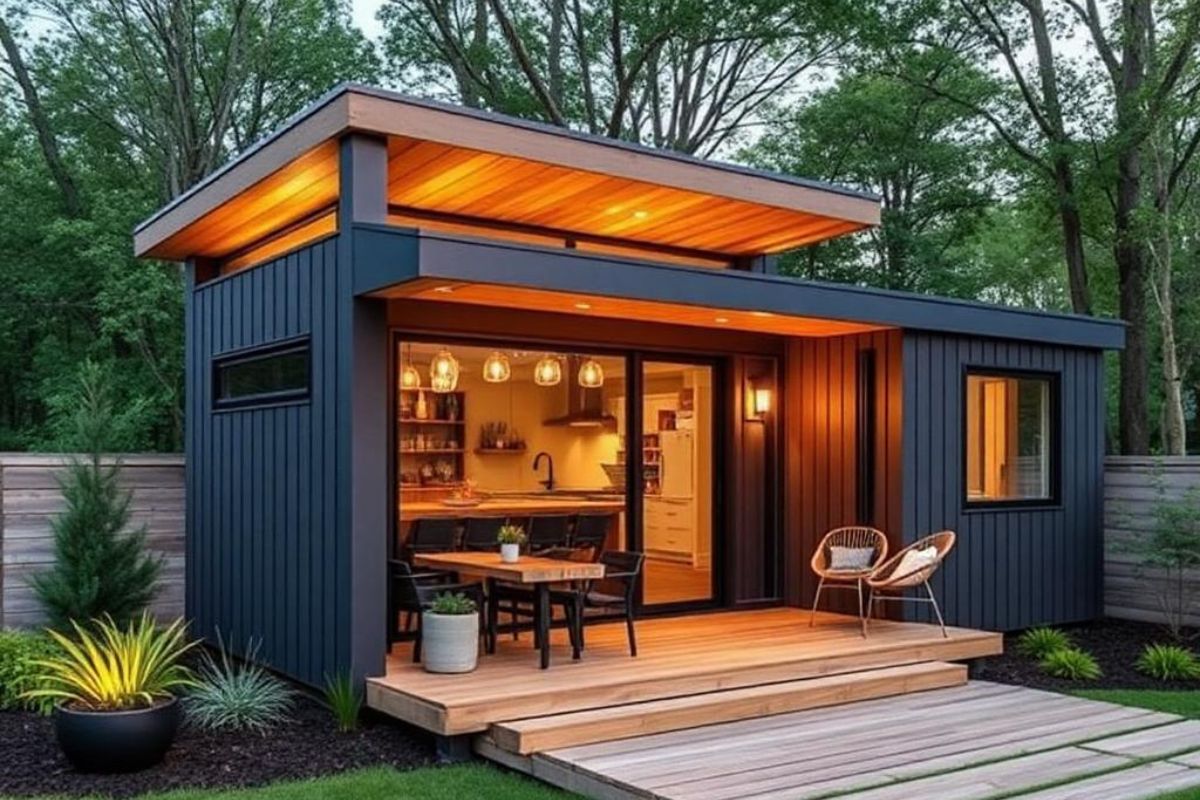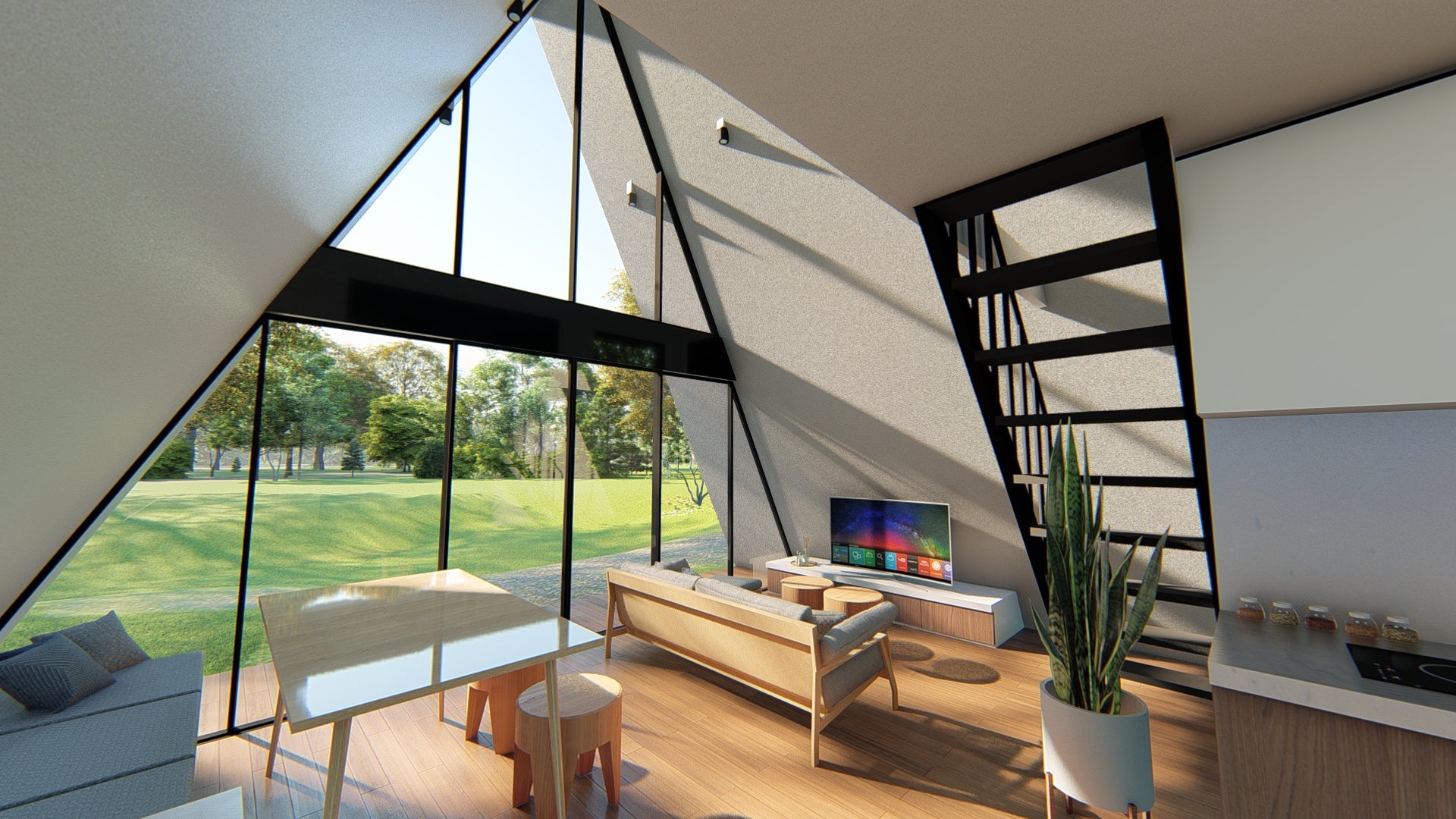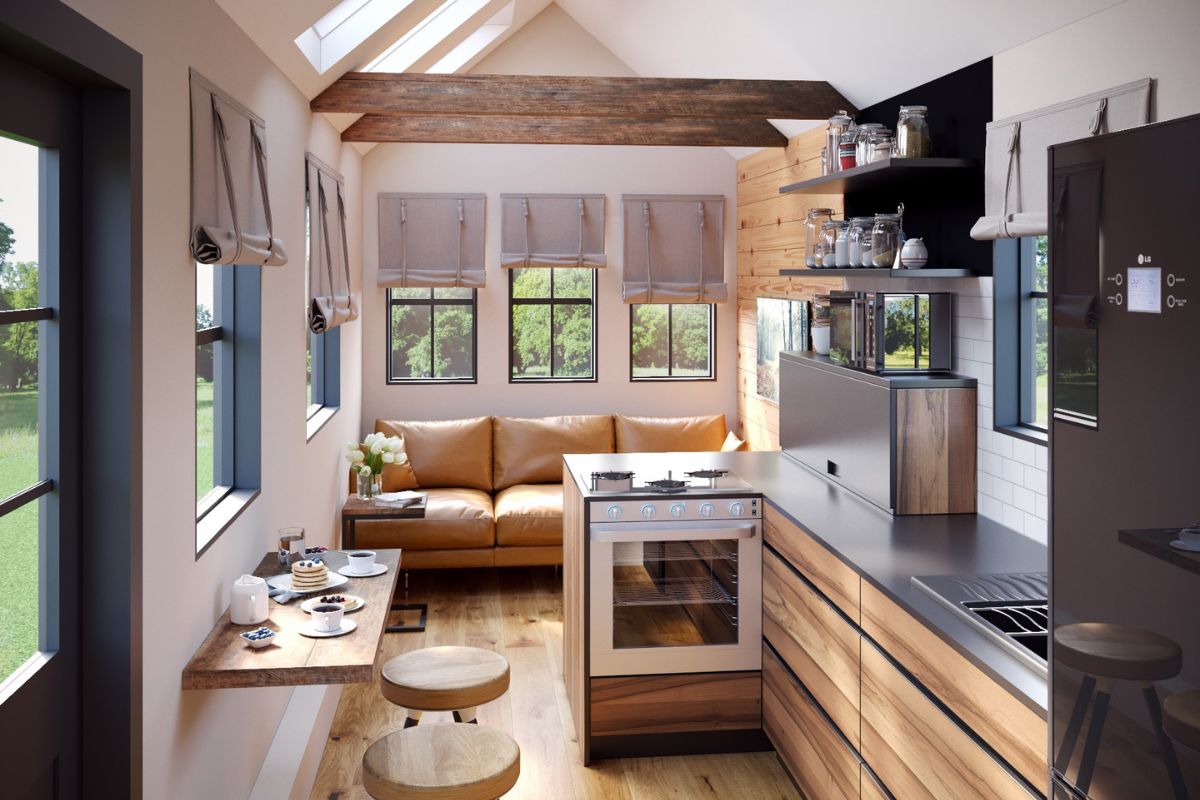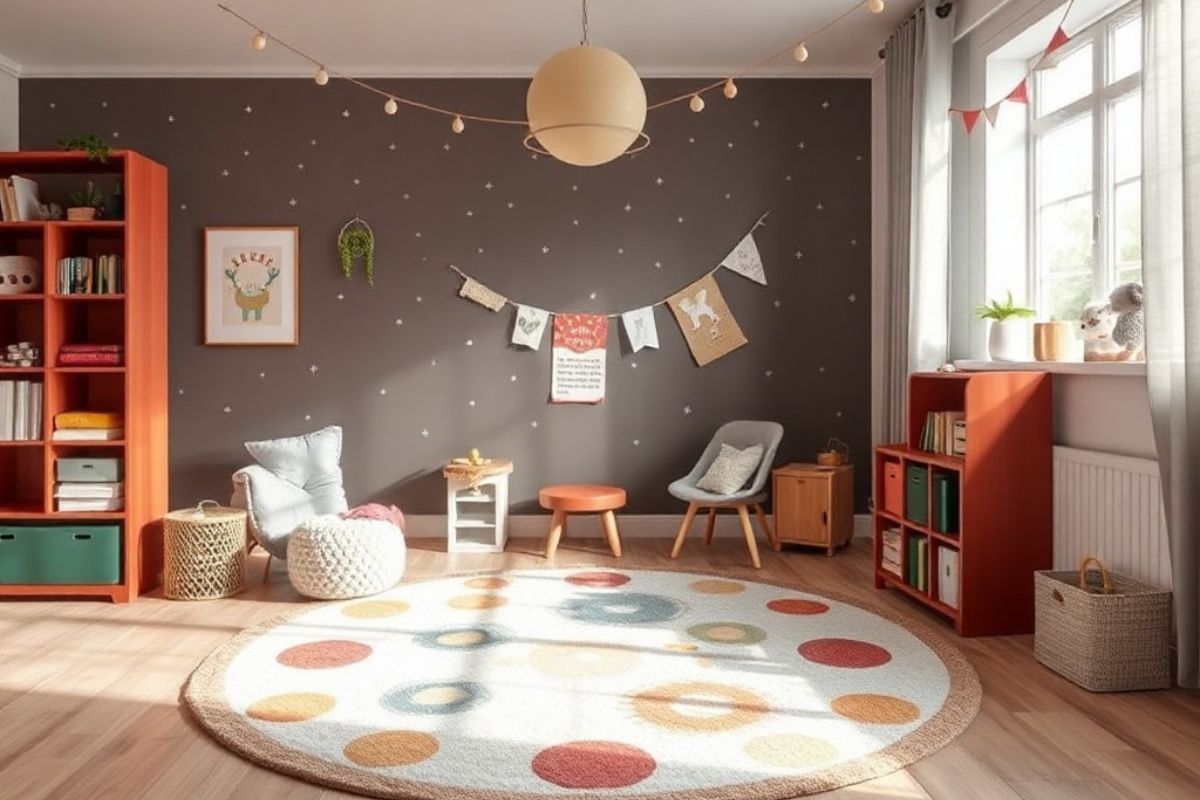In a time when flexibility and sustainability define smart living, outdoor spaces are no longer static installations—they are dynamic, evolving environments. Whether it’s a compact city balcony or an expansive backyard, the principles of modular design have transformed how we shape and enjoy these areas.
Modular thinking, with its emphasis on scalable and adaptable design, enables us to craft outdoor spaces that can grow, change, and reinvent themselves over time. From reconfigurable furniture to expandable landscaping, the power of modularity opens the door to creativity, functionality, and sustainability.
Rethinking Outdoor Space with Modular Design
Traditional outdoor spaces were often designed as fixed layouts, with permanent fixtures and limited flexibility. Once built, they were rarely altered without major renovations. But today’s lifestyles demand more versatility. Enter modular thinking—a design philosophy rooted in the idea that outdoor components can be arranged, rearranged, and scaled based on evolving needs.
Modular design involves breaking a space into functional units or elements that work both independently and in unison. These elements can be added, removed, or moved, offering unmatched freedom to reimagine space without starting from scratch. For homeowners, landscape architects, and hospitality businesses, this approach unlocks enormous potential.

The Core Principles of Modular Thinking
At the heart of modular thinking is the concept of flexibility. Instead of committing to a single layout or use case, modular outdoor spaces are designed to accommodate change. A patio used for quiet mornings can quickly transform into an entertaining zone with a few modular rearrangements. Families with young children can create play zones that transition into lounges or gardens as kids grow. This level of adaptability ensures the space remains relevant for years.
Repeatability and Consistency
Another core principle is repeatability. Using standardized units—whether they’re pavers, seating blocks, or modular planter boxes—ensures that additions and modifications remain aesthetically cohesive. Designers can expand an existing layout without disrupting visual flow or design integrity. This scalability is crucial for long-term planning, especially in growing households or businesses.
Sustainability and Resource Efficiency
Modular systems inherently reduce waste. Since components are standardized and often reusable, there’s less need to demolish and rebuild when making changes. Additionally, scalable design encourages smarter material use and promotes longevity. Instead of discarding outdated or undersized fixtures, users can simply repurpose or relocate them within the modular system, aligning with eco-conscious design practices.

Key Elements of Scalable Outdoor Design
Outdoor furniture has embraced modularity in creative ways. Sectional seating can be broken into standalone chairs or rearranged into larger sofas. Interlocking benches can form conversation circles or divide into separate nooks. The same pieces that serve an intimate dinner can transform into a vibrant party setup. These designs respond to lifestyle changes, events, or seasonal needs without requiring new purchases.
Hardscaping and Surfaces
Pavers, decking tiles, and composite slabs allow for a modular approach to flooring and hardscaping. These units can be laid out in patterns and extended over time. As needs change—whether due to budget, space, or new ideas—sections can be added or swapped without overhauling the entire surface. This is especially helpful for phased projects, where an outdoor space is developed gradually.
Planters and Green Zones
Modular thinking is especially powerful in landscaping. Instead of permanent beds and fixed garden plots, consider using a modular planter box system. These planters can be positioned based on sunlight, rearranged to create different focal points, or expanded as plant collections grow. Ideal for both amateur gardeners and professional designers, modular planters provide a scalable, stylish way to bring greenery into any outdoor setting.
Lighting Systems
Outdoor lighting no longer has to be hardwired and permanent. Modular systems—often solar-powered or plug-and-play—can be repositioned with ease. Want to illuminate a new seating area or highlight seasonal blooms? Just move or add a light module. This approach is especially beneficial for events, temporary installations, or spaces that change function throughout the year.
Designing with the Future in Mind
Futureproofing is a central benefit of modular outdoor design. When building an outdoor space, it pays to plan for growth—both literally and figuratively. By using modular elements, you can lay a foundation that supports future expansion. Install hidden wiring or irrigation conduits to support lighting, water features, or planting zones you might want later. Choose materials and finishes that are part of a broader, long-term vision.

Outdoor needs often shift with the seasons. Modular design makes these transitions seamless. Retractable shades, add-on weatherproof covers, and seasonal seating arrangements allow spaces to evolve throughout the year. Modular planter boxes, for example, can house summer blooms in one season and evergreens in the next. This ensures the space remains functional and appealing in all climates.
The Power of Modular Outdoor Design
Modular thinking doesn’t just change how we design—it transforms how we live. Outdoor spaces become extensions of our lifestyles, not constraints. They evolve with us, support new ideas, and make smart use of resources. Whether you’re looking to transform a tiny balcony, optimize a backyard, or scale a commercial patio, modular design provides the blueprint for a space that grows with purpose and intention.
With tools like modular planter boxes, reconfigurable furniture, and scalable surfaces, outdoor environments can remain fresh, functional, and future-ready. The only limit is your imagination.






Share: